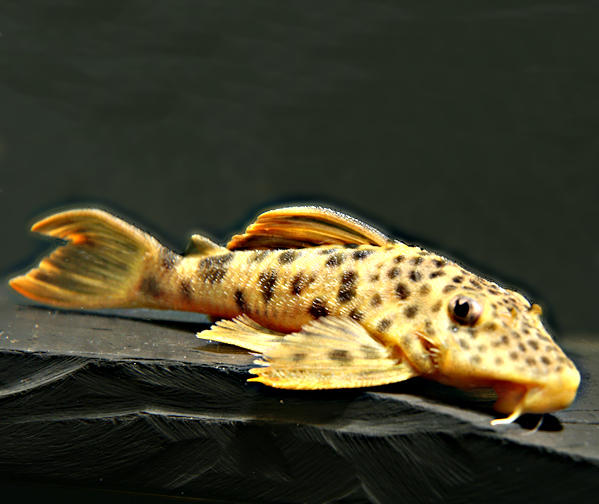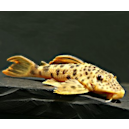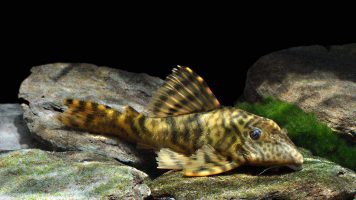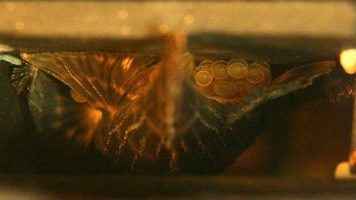Hello catfish freaks,
today I want to introduce you to three articles from the current issue of Aquarium Fachmagazin (Feb./Mar. 2015):
Ingo Seidel "Schokohexenwelse faszinierend und überaus variabel"
(„Chocolate whiptail catfishes fascinating and highly variable”)
Chocolate whiptail catfishes are Rineloricaria/Hemiloricaria lanceolata, Rineloricaria/Leliella heteroptera and similar. Also, Rineloricaria/Leliella sp. "Red" is one of them. Ingo writes about the wide distribution of chocolate whiptail catfishes in South America, from the Río Meta to the Río Paraná, along the Amazon from Peru to the tributaries near its mouth.
The species appear extremely variable. The Chocolate whiptail catfishes from the Rio Orinoco will have a shallower body than others. Ingo informs about a care in the aquarium, the gender differences, the breeding and rearing. He recommends, among other things, the adult animals be fed with white worms, Tubifex and Grindal so the females start to spawn.
Dr. Frank Krönke "Neozoe Fische & Co. – Verbreitung, Gefahren, Verantwortung"
(“Neozoan fishes and similares – Distribution, threats, responsibility”)
Dr. Krönke write: “Wissenschaftliche Untersuchungen der vergangenen Jahrzehnte haben nachgewiesen, dass Freisetzung und Ausbreitung von Neobiota … gemeinsam mit einer weitreichenden Umweltzerstörung die wesentlichen Kräfte sind, die eine Veränderung des globalen Artengefüges, der Bioversität, verursachen.” („Scientific studies in recent decades have demonstrated that the release and spread of alien species … together with a far-reaching environmental degradation are the main forces that cause a change in the global species structure, the biodiversity.“)
As already known from other articles, Pterygoplichthys/Liposarcuas pardalis, Pterygoplichthys/Liposarcuas disjunctivus feel at home in North America and Central America, the Caribbean Islands and Asia. As the author writes, the digging the caves in the riverbanks promotes the erosion, the rough surface damaged nets and in the coastal regions these catfishes destroy the biological communities in brackish water. It was observed that these catfishes feed from the back of manatees and in this way these catfishes injury these.
Ingo Seidel "Ossancora – seltene Dornwelse aus Paraguay"
(“Ossancora – rare Doradidae from Paraguay”)
Ingo briefed about the genus Gattung Ossancora, which currently consists of four species. Ingo reports that the company aquaglobal have imported Ossancora eigenmanni and recently Ossancora punctata.
Enjoy reading of Aquaristik Fachmagazin.



